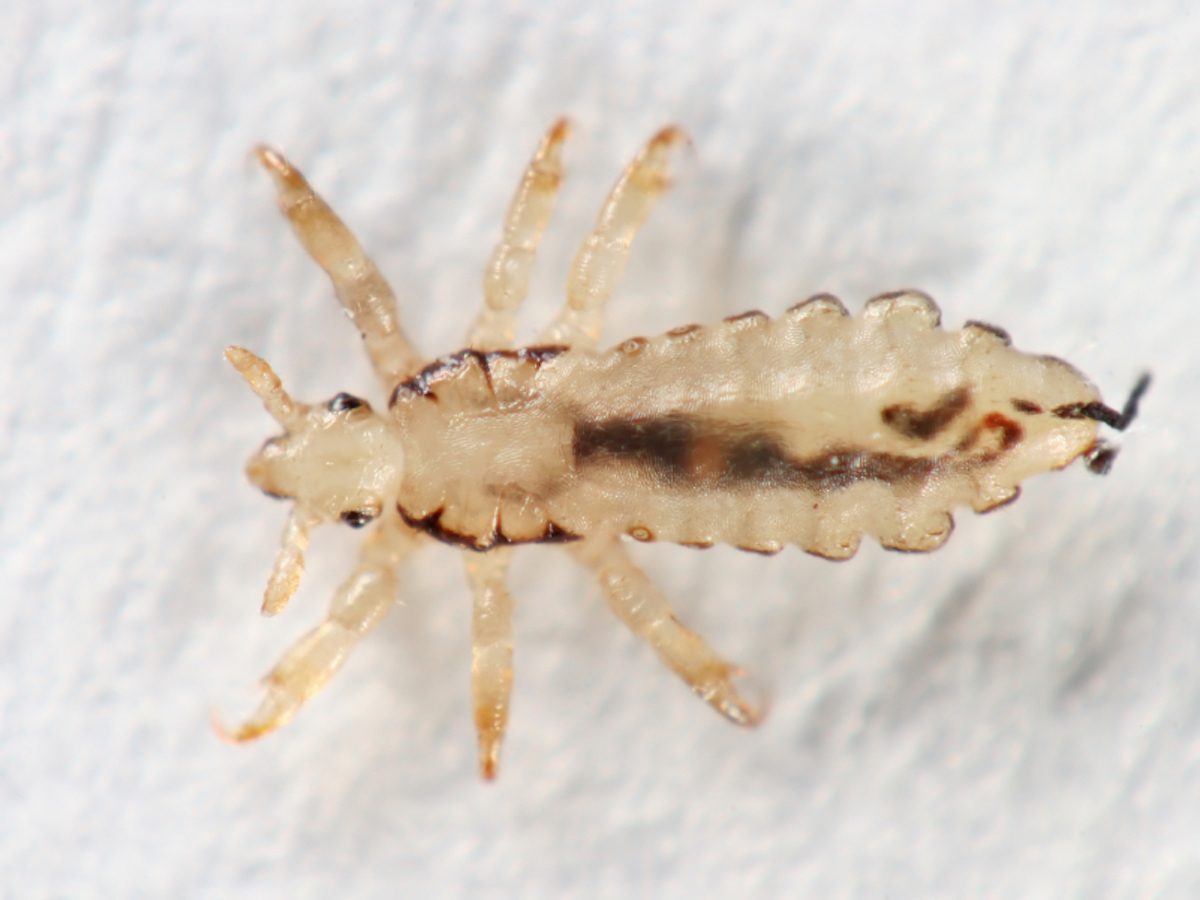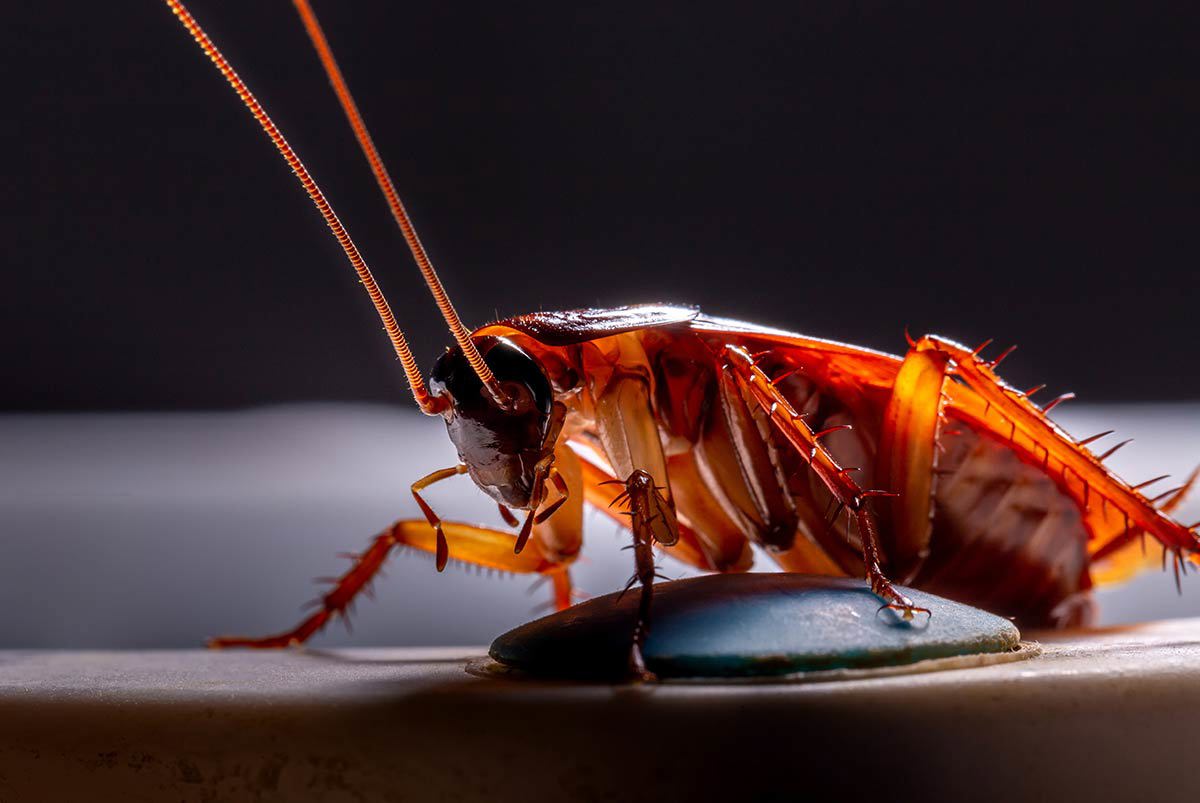Human Lice Various

Human Lice Identification
Color: Dirty white to grayish black
Size: Adults are small, about 1/16-1/8” (2-4.2 mm) long
Legs: 6
Antennae: Yes
Shape: Long, flat body
Region: Found throughout the United States
What is Human Lice?
Lice are wingless parasites that feed on blood. There are more than 3,000 louse species found worldwide. The most common types of human lice are head lice, body lice and crab lice.
What do human lice look like?
Adult human lice are small, measuring about 1/16-1/8 inch long. Their bodies are flattened top to bottom and appear dirty white to grey in color. Lice are wingless. They have sucking mouthparts and a hook-like claw at the end of their legs.
Head lice: The presence of eggs/nits is the most significant indication of a head lice problem because they are more numerous than other forms of lice, not active, and not easily removed. Scratching the scalp is also a reason to suspect a head louse problem. The socioeconomic status or income level of the person or family has little to do with who gets infested. Infestations are particularly common among younger school children. Girls are up to five percent more likely to be infested than boys.
Body lice: Other than observing lice on the outside of clothing, looking for particular living habits of body lice is key. Infestations tend to occur when people are forced to constantly wear several layers of clothing due to inadequate heat. This includes war and disaster areas. Today, body lice are rarely encountered.
Crab lice: Similar to head lice, the presence of eggs/nits is the most common indication of a problem. Another sign of a crab lice infestation is general discomfort and irritation, usually causing scratching. Also, small blue dots develop at the feeding sites, which are often accompanied by swelling and tenderness.
If you are concerned that you may have lice, wash all clothes, bedding, combs, towels, etc. You can also use special combs, shampoos and conditioners designed specifically to get rid of lice. Also, try saturating hair with baby oil at night to kill both lice and their eggs. If you do this, wrap a towel around your head to keep from soiling your bedding and be sure to wash your hair thoroughly in the morning.
It’s important to note that a lice infestation is considered a medical problem and not a pest control problem. While a licensed pest control professional can surely help with sharing pertinent information to get rid of this problem, it’s important to contact a medical professional for help.
Head lice: Human head lice live continuously on the head area unless dislodged by scratching. They are typically found in hair above the ears and on the back of the scalp. They are often transmitted from person-to-person by the direct contact of two heads, or by sharing items, such as brushes, combs, hats and towels. Head lice are common in crowded places, such as elementary schools.
Female head lice lay 50-100 oval eggs, which are individually cemented to a piece of hair near the scalp. Eggs require high humidity and warmth in order to develop and hatch. Eggs hatch in 5-10 days and the first nymph must feed by sucking the blood from a scalp within 24 hours or it will die. The life cycle of a head louse takes about three weeks. Adult head lice usually live for 22-23 days. In general, head lice can survive no more than 48 hours without a host.
Body lice: Body lice live on clothing, especially items made of wool. Female body lice are often found along clothing seams where they lay eggs. Male body lice tend to be distributed over the inside of the clothing, but further away from the body. Body lice are transmitted one person to another by the sharing of infested clothing or bedding.
Body lice move from clothing to adjacent areas of the body to feed, only when the infested person is resting. Female body lice lay about 200 oval eggs, or nits, that are individually cemented to a clothing fiber. The eggs tend to be laid in large numbers along the seams of underwear and in places where clothing is in contact with the body, such as the neck, shoulders, armpits and waist. Because eggs are removed with clothing, development and hatch times are dependent on room temperature. The life cycle of a body louse takes about 2-4 weeks if clothing is removed at night. Adult body lice live up to 29 days.
Crab lice: Crab lice are usually found in areas of the body containing hair, such as beards, eyebrows, armpits and the pubic region. Crab lice are not as common in places such as schools, since they can only be spread through direct physical contact.
Crab lice cannot survive more than 24 hours off a host. The female lays 15-50 whitish eggs over her lifetime. Each egg is individually cemented to a coarse hair near the skin. Eggs hatch in 7-8 days with feeding beginning in 1-2 hours. The life cycle of a crab louse requires about 5-6 weeks. Adult crab lice live for about 15-25 days.
Bites from human lice often result in excessive itching and redness. Frequent scratching may cause open sores or a skin infection. Only the body louse is a vector of human diseases, namely typhus, relapsing fever and trench fever.
Lice and dandruff can cause similar symptoms in some people; however, they are very different. Louse eggs are very small and firmly attach to the hair shaft, while dandruff looks like flakey skin, which is typically white to yellowish in color. It can be found in various parts of the scalp. Unlike lice, dandruff is not contagious.


